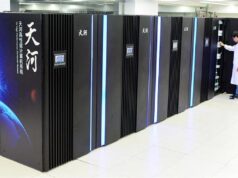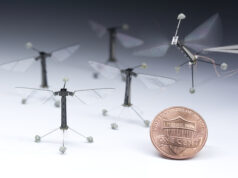The Battery: Iron, Fire, and Silence
The man stood before the car and regarded it as if it were a creature. Which it was. Built of lithium and logic, forged in the bowels of workshops far from here. The Han L. BYD’s newest electric machine. They said it could charge in five minutes. Two-hundred and forty-eight miles in the time it took to drink a cup of gas station coffee and stare out across a dead highway.
And they were mostly right.
At the heart of this machine beats an 83.2 kWh lithium-iron-phosphate (LFP) pack. Nine-hundred and forty-five volts of silent fury. According to CarNewsChina, this is the company’s Blade 2.0 architecture. Tried. Tested. Hardened by years of LFP experimentation. The kind of chemistry that doesn’t catch fire in the dark. The kind that waits.
The National Renewable Energy Laboratory explains these electrochemical truths. It is a stable energy. A calm heat. And from that stillness, power.
The Current: Dual Guns and High Voltage Gospel
They call it dual gun. Two ports. Two cables. A megawatt of energy braided like serpents. Not myth but engineering. Most electric cars drink slowly — 350 kilowatts, if they’re lucky. This one gulps.
Higher voltage means less heat, but not no heat. Cables swell with coolant like arteries swollen with blood. The car drinks in silence, but the power grid howls.
Lucid, Porsche, Hyundai. They dance at 800 volts. Tesla still lingers in the shallows. But BYD has crossed the threshold. Nine hundred. Maybe a thousand. It’s hard to say. The company won’t answer your calls. Maybe because they don’t need to.
Together, those twin cables feed the Han L at 1,000 kilowatts. And what it swallows, it uses.
The Mirage: Range, Lies, and Testing Cycles
They said 248 miles in five minutes. But they were lying. Or not lying, exactly. Just using a different kind of truth. The CLTC test cycle is a dreamer’s math. Thirty-five percent more optimistic than America’s own numbers, according to InsideEVs.
In reality? Maybe 160 miles in five minutes. Maybe 280 total. Still fast. Still enough to flee a city. Or chase the sun. But not as fast as they say.
What matters more is this: ten minutes to go from 16% to 80%. Twenty-four for full. No matter how you measure it, the future comes quick.
The Grid: Steel and Smoke and a Promise Not Yet Kept
There are no miracles in infrastructure. BYD says it will build 4,000 chargers across China. Each one drawing a megawatt. A draw strong enough to dim the lights in the house where you were born.
They will need wires thick as wrists. Transformers the size of sins. And they will need to hurry.
In the United States, the Han L is priced at $37,000 — but don’t hold your breath. A 100% tariff bars the door. This machine will not cross the ocean. Not yet. But the idea will.
American automakers are closing the gap. Today’s EVs can charge from 20% to 80% in 18 minutes. The line between fast and instant blurs. What LaserGlitch calls edge-case futurism is already creeping toward the mainstream.
In the Dust, a Whisper
So it goes. The gas pump chokes on its own fumes. The electric future does not scream. It hums.
The road stretches on.
And the machines keep coming.












